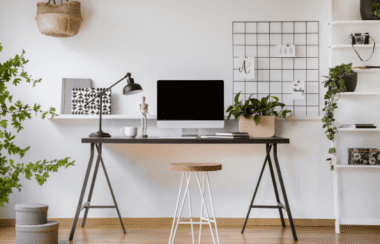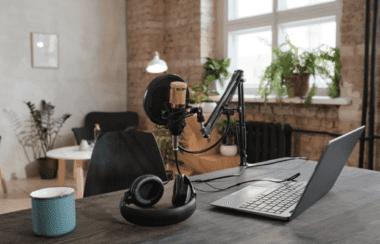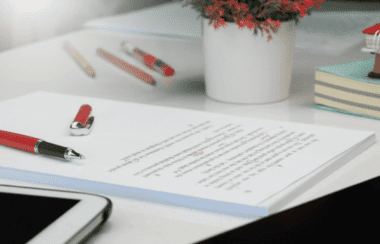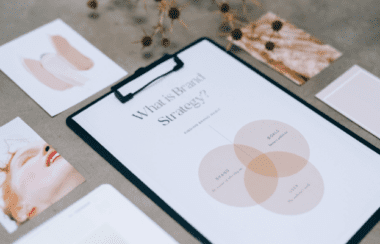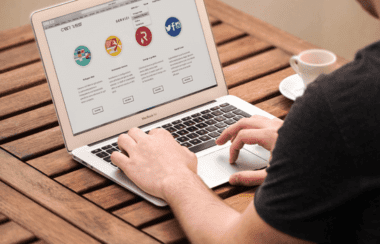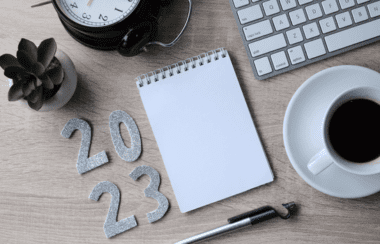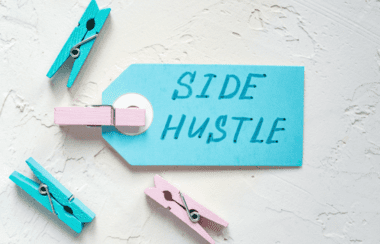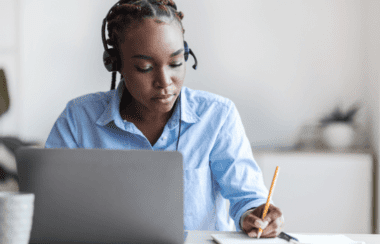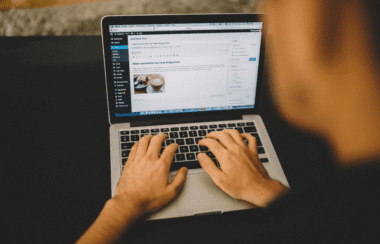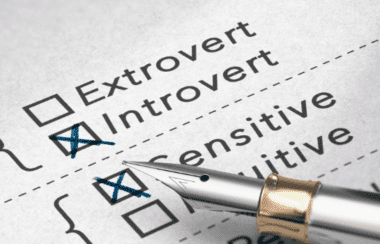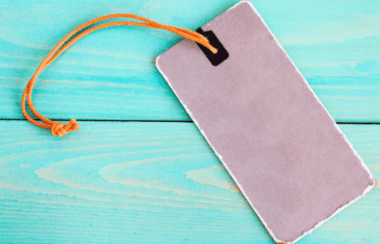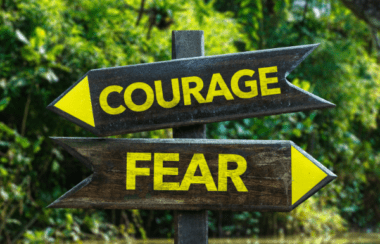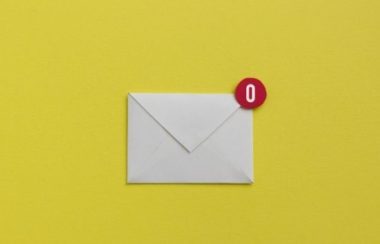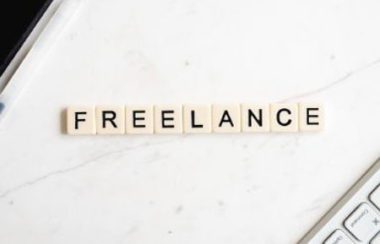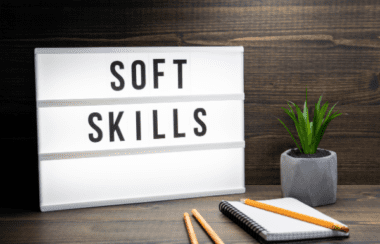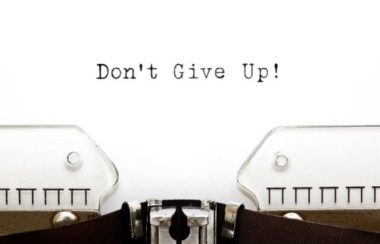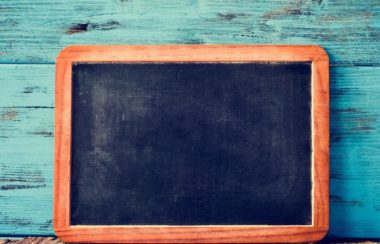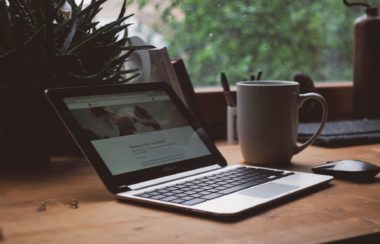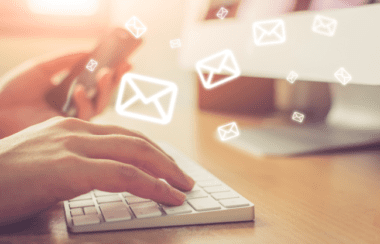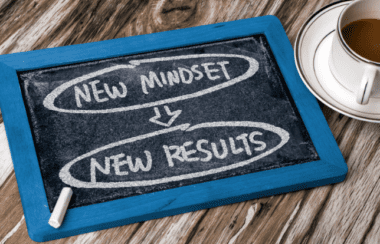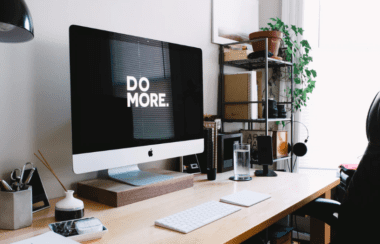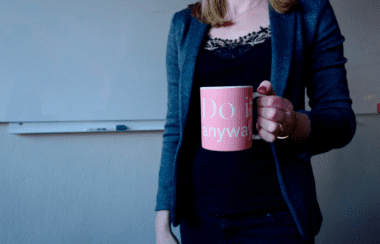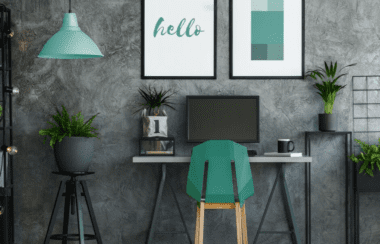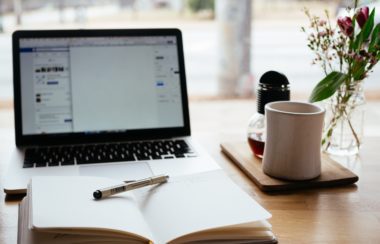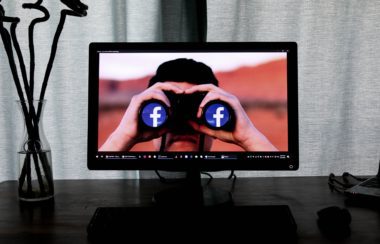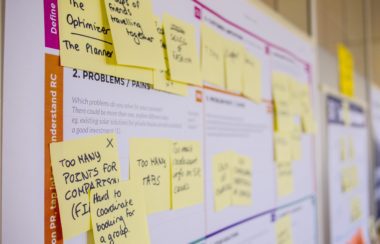How to Stay Focused in a Distracted World
By Jena Kroeker

Each time I write, I’m aware of one thing – I don’t share advice with you because I have it all together. Instead, I share it because we’re all learning together. That fact is especially true when I’m writing this article on how to stay focused in a distracted world.
A lot is going on in our world right now. Do you find it difficult to calm your mind and think only of the task at hand? Do you find your home environment is chaotic at times, making it impossible to find a quiet place to get work done?
As we discussed in a previous blog post, “How to Maintain a Work-Life Balance When You’re Always at Home,” many of us have multiple family members sharing the same space throughout the day. Even when we do all we can to block out time for focused work, we’re constantly battling distractions and interruptions.
So, today we’re going to literally create FOCUS with a step-by-step process you can follow.
How to Stay Focused in a Distracted World
F – Feel your emotions.
When you start to feel distracted, the first thing to do is stop what you’re doing. Take a deep breath, drink some water, and relax in your chair. At first, you might not even realize you’re distracted. Maybe you feel irritable or upset, unable to get started on tasks and unable to get anything done.
Before you do anything else, determine how you’re feeling about your work, your level of focus, and your level of distraction. Feel your emotions without judgement. Write them down in a journal if you’d like. Name them and tell yourself it’s okay to feel that way.
In her article, “8 tips to beat distractions while working from home,” Diana Shi gives the following advice:
“Oftentimes, you’re not able to recognize these stressful emotions immediately, so pose a few helpful questions to yourself, such as ‘What was it that stressed me out just now?’ and ‘What am I trying to avoid here?’ A purposeful amount of self-reflection will prevent you from falling down a rabbit hole of YouTube playlists instead.”
O – Observe your level of distraction throughout the day.
Similar to how you observed your emotions, now observe how distracted you are. Again, do so without judgement. In a journal, on a piece of paper, or in an online app, note times and places where you lose focus.
On a scale of 1 to 10, rate your level of distraction at different times and how long it takes you to become focused again. Observe when distractions occur in your work environment, at what point in your schedule, and during which tasks. Also note when you become distracted from activities you’re doing outside office hours.
C – Categorize what types of distractions you’re dealing with.
As you start to notice a pattern of what distractions you’re experiencing at certain times, create a list of categories and group each distraction under the appropriate section. For example, you may have categories like this:
• Kids at home
• Loneliness
• Messaging and app notifications
• Housework
• News
• Worry
As you categorize the distractions, rank them according to how prevalent they are (rarely, sometimes, or often). This will help you later on when you figure out how to stay focused.
U – Understand when distractions happen and what causes them.
Now take a look at your categories of distraction. Is a picture developing? Can you see and understand how they end up making you lose focus? In my freelance work, one of my biggest distractions occurs during transition times — in between finishing breakfast and checking my messages before starting work.
I have a plan in mind for a task I need to complete, and then if an urgent message comes in about another task, I completely lose focus. All I can think of is how I wish I could complete everything at the same time. I lose the mindfulness I need to productively tackle one task at a time. Knowing that, I can figure out how to stay focused during those occasions when I’m most prone to distraction.
S – Strategize how you’re going to combat the distractions.
All the previous steps have led you to this point, the final letter of the word “FOCUS.” Here’s where you strategize how to combat distractions in a way that works for your unique circumstances and triggers.
For some, it could mean rearranging furniture to create a distraction-free environment. Others may begin using an app like Focus Booster to track time. You may find you need to create boundaries around TV, social media, and people in your home, creating a work schedule with time blocking.
The article above has a great quote from Curt Steinhorst, author of Can I Have Your Attention? He says that “distraction is actually just confusion about what matters,” requiring the need for skills in prioritization.
If you have kids, you face a special set of challenges, but you can be creative. Ashira Prossack has some great ideas in her article, “6 Easy Ways To Overcome Work From Home Distractions.” She says,
“Using a visual aid can be very beneficial, especially for children. You can use a simple red and green sign for do not disturb and available times, or you could also use a traffic light and add yellow as a ‘if you really need me, I’m available’ option.”
And an article titled “The 9 best hacks for working from home” recommends putting a stuffed animal on your desk or wearing a baseball cap as a “thinking cap” to communicate that you’re only to be disturbed for emergencies.
For some more advice about how to stay focused when you have children in the home, check out this video from Freelance University co-founder, Craig Cannings. He’s built a successful freelance career from his home office while at the same time raising five daughters!
So, be encouraged! Using the steps above, you can overcome distractions in your freelance or virtual assistant business in a way that works best for you. You can achieve FOCUS no matter how distracted your world is. And now let’s learn together: What are your biggest distractions, and what strategies help you stay focused? Please share your thoughts in the comments below!



